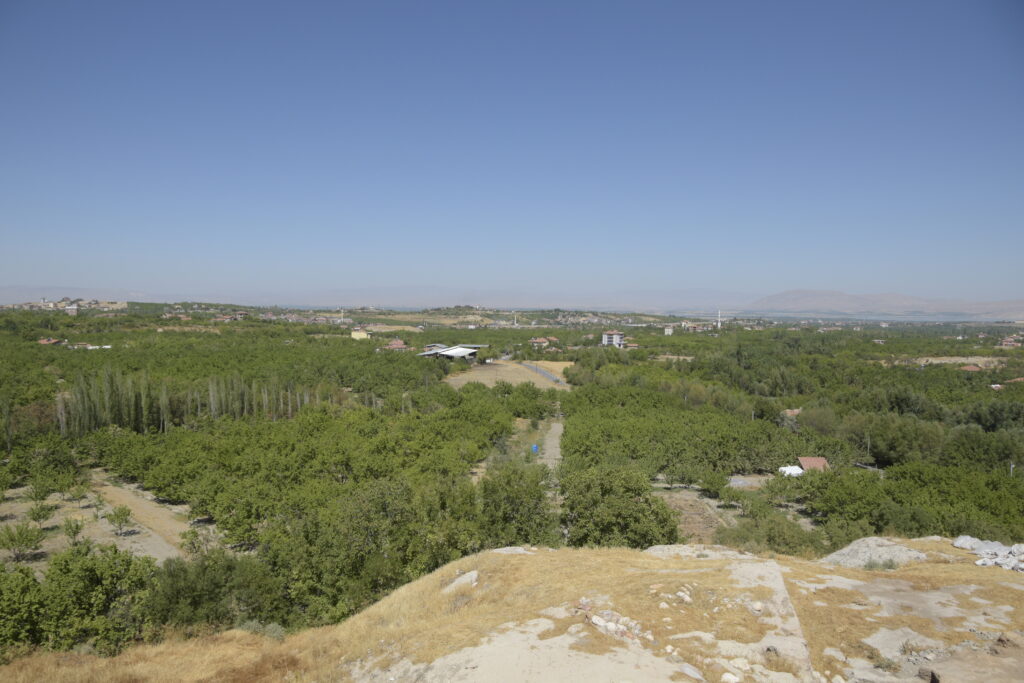Metals between the Caucasus and the Euphrates: The Metallurgy of Late Chalcolithic and Early Bronze Age Arslantepe
ReForm Scholar
The Upper Euphrates in Eastern Anatolia shows significant changes at the end of the 4th and the beginning of the 3rd mill. BCE. The tell Arslantepe near the present-day city of Malatya is a good example of the regional development and the changing influences during this period. In the history of settlement, various upheavals and changes can be observed, partly gradual and partly sudden. During this period, an intensification of metallurgy in Western Asia can be seen, which I will further investigate in this PhD project.
The aim is to gain a better insight into the development at the transition of the Late Chalcolithic to the Early Bronze Age through the results of the metal analyses. From trial-and-error phases, an intensification to the appearance of tin bronze, this period covers a significant period of metallurgical development. The study of metallurgy not only serves purely technological questions, but also helps in the discourse around the Kura-Araxes phenomenon and its interplay with local, urban cultural units. Of interest are the social and economic interactions as well as the questions of resource appropriation and the exchange of immaterial and material resources along these networks.
The chronological framework is formed by the periods Arslantepe VIA (LC 5, 3400-3200 BCE) and Arslantepe VIB2 (EBA I, 3100-2800 BCE), in which a steady intensification of Transcaucasian influence can be observed. The material for investigation will largely comprise copper resp. copper-based finds. Other known metals of this period are gold, silver and lead. The Arslantepe will play a central role due to the state of research and its metallurgical finds. Finds from the Caucasus such as Georgia or Azerbaijan will be used as comparative finds. The archaeometric analyses will focus on the characterisation of the major and minor elements and the determination of the trace element fingerprints and the lead isotope ratios. A survey will be undertaken to take additional reference samples of regional mineralisations and to identify potential mining activities.The preliminary work for the current project on metallurgy at Arslantepe was recently published in two articles (Hauptmann et al. 2022; Heil et al. 2022).

Swords and spearheads of the "palace hoard" from Arslantepe VIA (3400-3200 BCE)
(Photo: Th. Stöllner/DBM)

View from Arslantepe over the Malatya plain with the Euphrates in the background
(Photo: Th. Stöllner/DBM)
Publications
- Hauptmann, A., Heil, N., Di Nocera, G. M. and Stöllner, Th., 2022. Making Copper: Processing in Early Bronze Age Arslantepe (VI B2). Metalla, 26(2), pp.113-140.
- Heil, N., Hauptmann, A., Di Nocera, G.M. and Stöllner, Th., 2022. The Dawn of Metallurgy at Chalcolithic Arslantepe: Metal Finds and Other Metallurgical Remains from Level VII. Metalla, 26 (2), pp.87-112.
